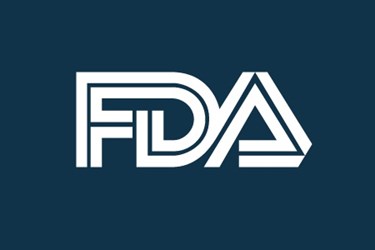FDA Releases FAQ Guidance On UDI System
By Nick Otto

The FDA released new guidance on the unique device identifier (UDI) system in the form of frequently asked questions (FAQs). The guidance summarizes key aspects of the agency’s UDI final rule, taking into consideration industry comments and questions.
The new guidance addresses UDI basics, UDI placement, the Global Unique Device Identifier Database (GUDID), and direct marking. It also includes information about exceptions, alternatives, and exemptions to the rules.
Device makers that are implementing the FDA’s UDI process may choose a barcode for their automatic identification data capture (AIDC) technology, or “any other technology that serves the same objectives,” according to the UDI FAQ.
The guidance does advise device makers to contact their FDA-accredited issuing agency for information on the AIDC system it uses, since “technology will vary considerably depending on the type of device and its intended uses.”
In addition, UDIs need “to be placed on the device label, device packages, and, if the device is intended to be used more than once and reprocessed between uses, on the device itself,” according to the FDA’s final rule.
Although industry has asked the agency whether the UDI, when direct marking is required, can be affixed to a device via a sticker rather than etching or laser marking, the FDA is not recommending any particular approach. Instead, the guidance says the direct mark must be “as permanent as the normal life expectancy of the device” and capable of withstanding normal usage and cleaning processes for the product.
The guidance notes that the UDI Rule does not require implantable devices to be directly marked with its UDI, as the agency believes that the UDI label and package requirements will provide an adequate identification of the device up to the point when it is implanted.
Additionally, the guidance adds, while “the UDI rule does not provide any special requirements for devices that contain software as a component of the device,” standalone medical software must still be labeled with a UDI. This must be displayed by either an easily deciphered, plain-text statement displayed each time the software activates or a similar statement accessed via a menu command.
The FDA earlier this month released guidance aimed specifically for small device makers to help them comply with the UDI rule. There were also instructions released in May for industry on how to request exemption from the rule, as well as information on permissible alternative identification processes.
